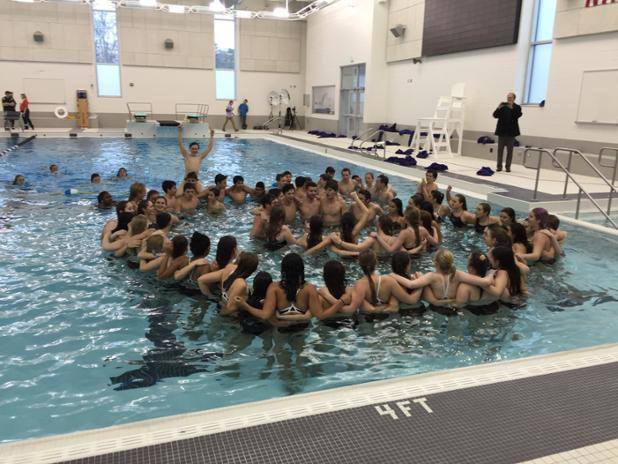The 3 biggest head-scratchers in Michigan education cost study
Michigan’s new education adequacy study, which concludes the state must spend at least $1.4 billion more a year for students to receive a decent education, should be a big victory for education reformers. So why aren’t reformers cheering?
Here are three of the most puzzling elements of the study, which supporters of more investment in education worry may cause the report to gather more dust than action.
Lots of money for tiny gains
Buried in the report’s funding analysis is this line: “An increase of $1,000 in spending per student was associated with a one percent increase in proficiency for both math and reading.
Let’s illustrate that return on investment using an example of an elementary school with an enrollment of 100. If the study’s findings are correct, it would cost $100,000 per year to get one additional student in that school to score at grade-level in math and reading.
Remember that line. It’ll be used like a club by budget hawks in Lansing every time an education advocate brings up the adequacy study as a reason to increase school funding.
State education plan would add $1.4 billion to school budget
Could it be that students in low-income schools would benefit more from additional funding than students in wealthy districts? We don’t know, because …
A focus on wealthier, mostly white schools
To determine how much money the state needs to spend to properly educate its students, the state required Denver-based Augenblich, Palaich and Associates, to study only those districts that had exceeded the average proficiency rate in every grade and subject. At first blush, this makes some sense – if you want to know how much it costs to educate successful students, look at spending in successful schools.
But the predictable result was that the company conducting the study was forced to focus on 54 school districts that are breathtakingly wealthy and white. The average median income in communities where those 54 districts are located is $76,000. The state median income is $49,000. Five districts examined in the study are located in communities with median incomes over $100,000.
Fifty-three of the 54 districts studied had student populations that were majority white; only Novi, another affluent district, had a student population under 50 percent white. There, 49.6 percent of students are white, and 37 percent are Asian.
On average, the school districts used in the study to determine adequate spending levels were 77 percent white (compared with 67 percent white statewide), and 6 percent black (compared with 18 percent statewide).
By following its marching orders, the firm ignored districts that are getting unexpectedly good results among low-income students and English language learners, the kind of beating-the-odds schools that could serve as models for Michigan’s struggling districts.
The question legislators might reasonably ask then is whether a study that examines appropriate spending in wealthy Bloomfield Hills is useful in determining how much is needed to help students in impoverished Flint, Benton Harbor or Saginaw? If not, what kind of statewide policy can be built from the study?
Where is special ed?
One in eight Michigan students are identified as in need of special education services. In some districts, more than 20 percent of students receive special education services.
Those services cost a lot of money. Yet the study doesn’t recommend a funding level for special education students, a glaring omission for a study expected to provide guidance on adequate spending levels.
While not listing any additional cost for special education, the study lists the cost of busing regular students at $350 per pupil. That figure may also prove optimistic. Some large, rural districts routinely spend more than $1,000 per student to transport their students to school each year.
Michigan Education Watch
Michigan Education Watch is made possible by generous financial support from:
Subscribe to Michigan Education Watch
See what new members are saying about why they donated to Bridge Michigan:
- “In order for this information to be accurate and unbiased it must be underwritten by its readers, not by special interests.” - Larry S.
- “Not many other media sources report on the topics Bridge does.” - Susan B.
- “Your journalism is outstanding and rare these days.” - Mark S.
If you want to ensure the future of nonpartisan, nonprofit Michigan journalism, please become a member today. You, too, will be asked why you donated and maybe we'll feature your quote next time!


 Education spending in places like Bloomfield Hills includes facilities that other, poorer districts don't. Is this comparable to places like Flint and Detroit?
Education spending in places like Bloomfield Hills includes facilities that other, poorer districts don't. Is this comparable to places like Flint and Detroit?
